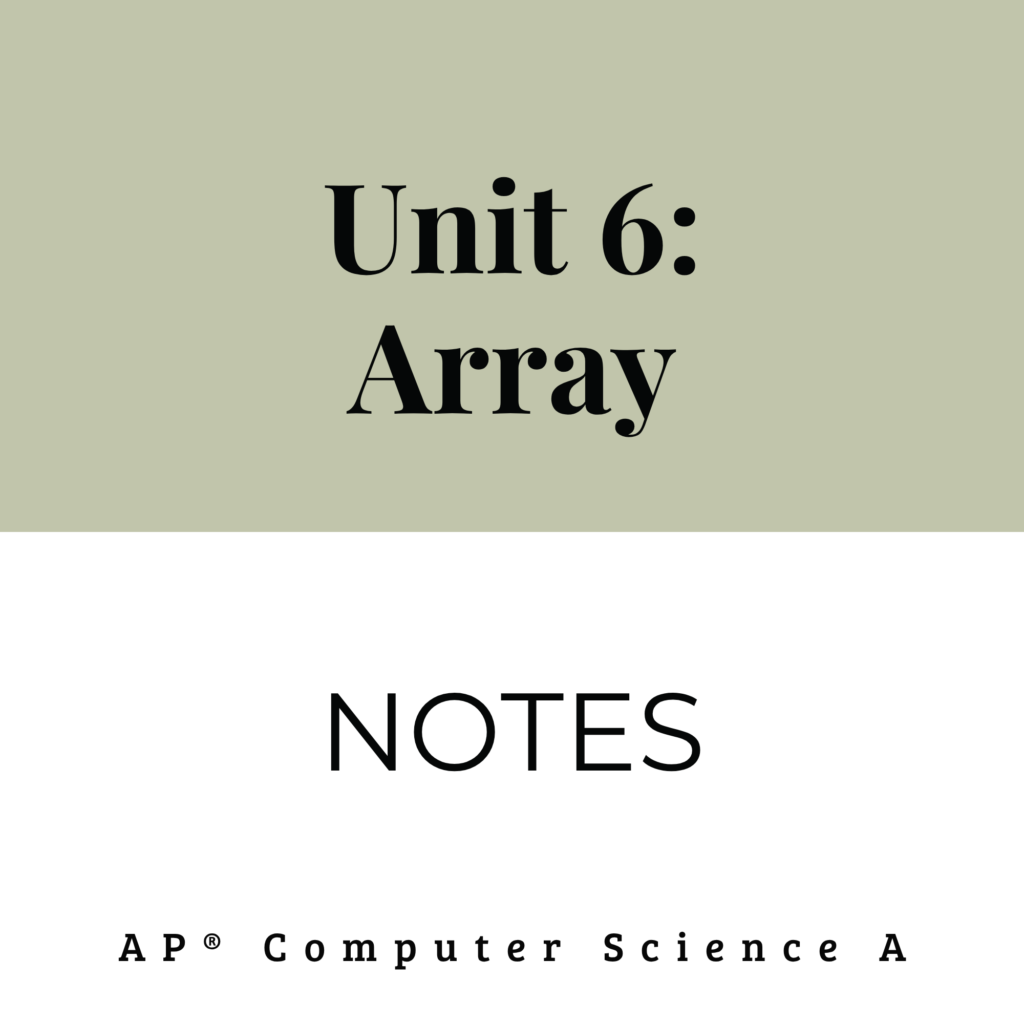As the AP Computer Science A exam approaches, students often feel the pressure to master a wide array of topics. One effective way to prepare is by utilizing well-organized AP Computer Science A notes that cover key concepts from each unit. These notes serve as an invaluable resource for students, providing detailed explanations, examples, and practice problems. Let’s take a closer look at the essential topics covered in these AP Computer Science A notes that can help you succeed.
Unit 1: Primitive Types
The journey begins with understanding the building blocks of Java—primitive types. These AP Computer Science A notes cover integers, floats, doubles, and booleans, explaining how each type is used in coding and problem-solving.
Unit 2: Using Objects

Objects are the foundation of object-oriented programming. These AP Computer Science A notes guide students through the process of creating and using objects, helping to build a solid understanding of how classes and objects interact in Java.
Unit 3: Boolean Expressions & if Statements
Understanding logic is critical for writing code that makes decisions. AP Computer Science A notes for this unit cover boolean expressions, conditional statements, and the proper use of if statements to control the flow of a program.
Unit 4: Iteration
Iteration is a key concept in programming, and the AP Computer Science A notes for Unit 4 dive deep into loops—specifically for, while, and enhanced for loops. These notes provide examples to help students understand how iteration can make their programs more efficient.
Unit 5: Writing Classes
Building on previous units, AP Computer Science A notes for Unit 5 focus on writing classes in Java. This includes creating methods, constructors, and understanding the importance of encapsulation, one of the key principles of object-oriented programming.
Unit 6: Arrays
Arrays are fundamental to storing and manipulating data in Java. The AP Computer Science A notes for Unit 6 cover the ins and outs of arrays, including how to create, access, and manipulate array elements.
Unit 7: ArrayLists
ArrayLists offer a more flexible alternative to arrays. These AP Computer Science A notes explain how to use ArrayLists to dynamically store and manipulate data, which is essential for working with data that changes in size.

Unit 8: 2D Arrays
Unit 8 focuses on 2D arrays, expanding on the concept of arrays to handle multidimensional data. The AP Computer Science A notes provide step-by-step instructions on how to declare, initialize, and manipulate 2D arrays in Java.
Unit 9: Inheritance
Inheritance is a key concept in object-oriented programming, and these AP Computer Science A notes break down how to use inheritance to create more efficient and reusable code by extending classes and reusing methods and properties.
Unit 10: Recursion
Recursion can be one of the more challenging concepts to grasp. These AP Computer Science A notes break down the process of recursive methods, offering clear examples and explanations on how to solve problems using recursion.
Conclusion: The Power of AP Computer Science A Notes
These AP Computer Science A notes provide a comprehensive guide to mastering the content of each unit, from primitive types to recursion. By studying these notes and applying their concepts, students can feel confident and well-prepared for the AP exam. Keep these notes handy as a reference, and don’t hesitate to revisit key topics as needed.
Ready to dive deeper into AP Computer Science? Make sure to access these comprehensive AP Computer Science A notes and enhance your study efforts today! Visit our Teachers Pay Teachers store for these helpful resources and start preparing for your success now!





